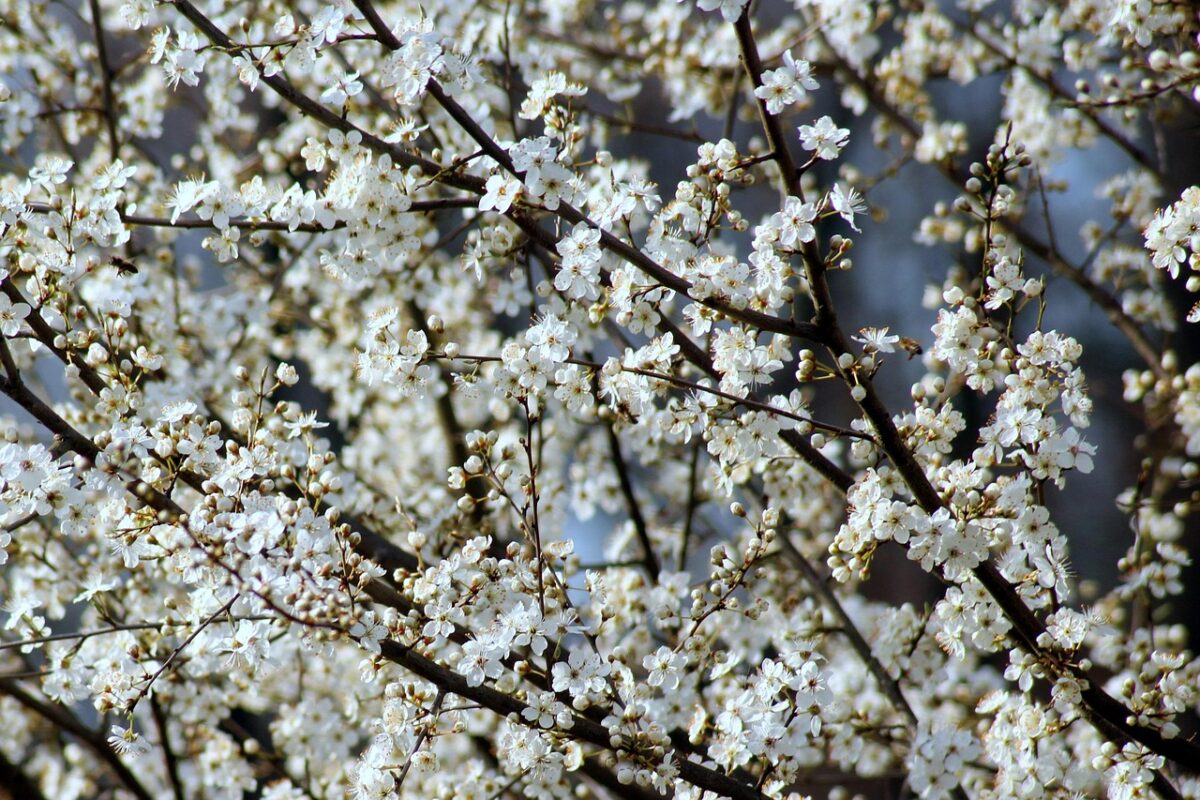White blooming trees are a stunning addition to any landscape, offering a burst of brightness and elegance during their flowering season. These trees not only enhance the aesthetic appeal of gardens and yards but also provide essential benefits to wildlife and seasonal interest. Whether you are a seasoned gardener or a homeowner looking to elevate your outdoor space, incorporating white flowering trees can create a serene and inviting atmosphere.
Benefits of Planting White Flowering Trees
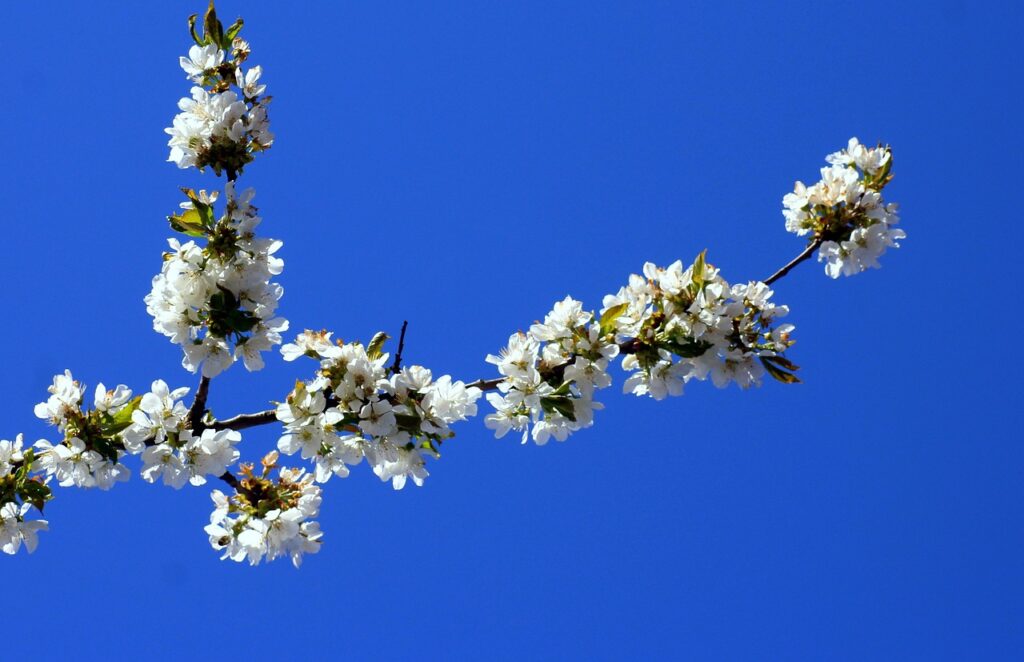
White flowering trees come with a variety of advantages that make them desirable for gardeners and landscapers alike. Here are some of the key benefits:
- Aesthetic Appeal: The striking contrast of white flowers against green foliage creates a visually pleasing environment. These trees can serve as focal points in gardens or act as elegant backdrops.
- Wildlife Support: Many white blooming trees attract pollinators such as bees and butterflies, contributing to a healthy ecosystem. Birds may also benefit from the fruits and seeds produced after flowering.
- Seasonal Interest: White flowering trees often bloom in spring, providing a refreshing sight after the winter months. Their blossoms can signal the change of seasons and add vibrancy to the landscape.
- Shade and Structure: Beyond their beauty, these trees can provide shade and structure to outdoor spaces, making them functional as well as decorative.
Popular Types of White Blooming Trees
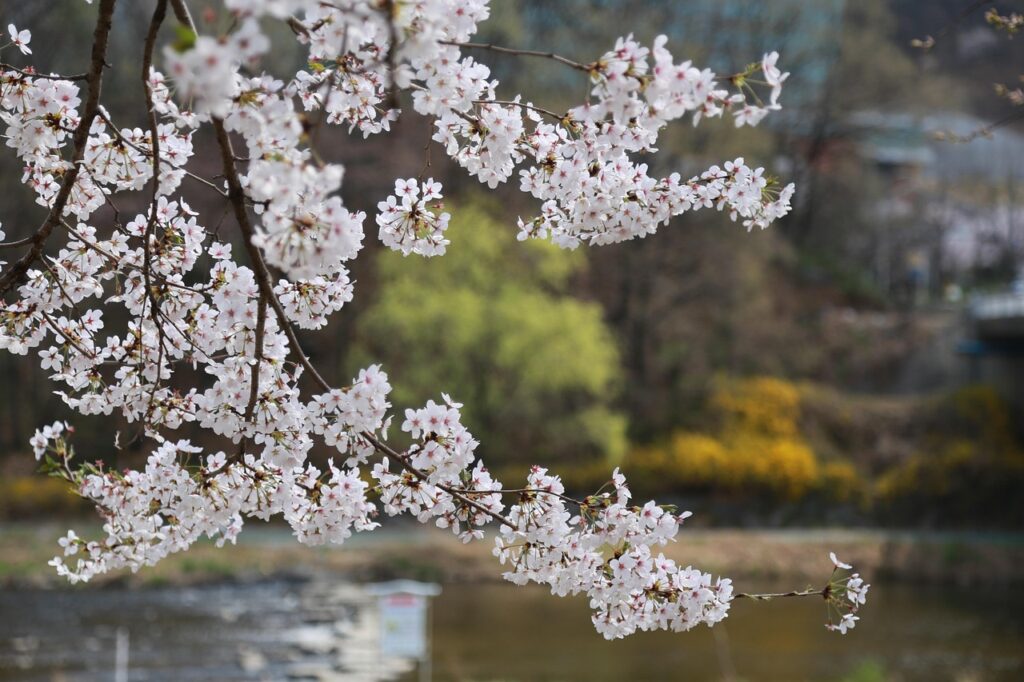
When selecting white blooming trees, it’s essential to consider their characteristics, including bloom time and growing conditions. Here are some popular options:
1. Flowering Dogwood (Cornus florida)
Bloom Time: April to May
Growing Zones: 5-9
The Flowering Dogwood is known for its stunning white bracts that resemble flowers. It thrives in well-drained soil and partial shade, making it ideal for woodland gardens.
2. White Cherry Blossom (Prunus serrulata)
Bloom Time: March to April
Growing Zones: 5-8
Famous for its breathtaking spring display, the White Cherry Blossom produces clusters of delicate white flowers. It prefers full sun and well-drained soil.
3. Serviceberry (Amelanchier canadensis)
Bloom Time: March to April
Growing Zones: 4-9
This small tree or large shrub produces white flowers that attract birds and pollinators. It thrives in various soil types and can tolerate partial shade.
4. White Magnolia (Magnolia denudata)
Bloom Time: March to April
Growing Zones: 4-9
The White Magnolia features large, fragrant white flowers that bloom before the leaves appear. It prefers full sun and well-drained, slightly acidic soil.
5. Eastern Redbud (Cercis canadensis)
Bloom Time: April
Growing Zones: 4-9
While typically known for its pink blooms, some varieties of Eastern Redbud produce stunning white flowers. It thrives in well-drained soil and partial shade.
6. White Fringetree (Chionanthus virginicus)
Bloom Time: April to May
Growing Zones: 3-9
This tree features unique, fragrant white flowers that hang in clusters. It prefers moist, well-drained soil and full sun to partial shade.
7. Black Locust (Robinia pseudoacacia)
Bloom Time: May to June
Growing Zones: 3-8
The Black Locust is a fast-growing tree with fragrant white flowers that attract bees. It thrives in a variety of soils and is often used for erosion control.
8. Bradford Pear (Pyrus calleryana)
Bloom Time: March to April
Growing Zones: 5-9
Although popular for its white blooms, the Bradford Pear is considered invasive in many areas. It prefers full sun and well-drained soil but should be planted with caution.
How to Choose the Right White Flowering Tree
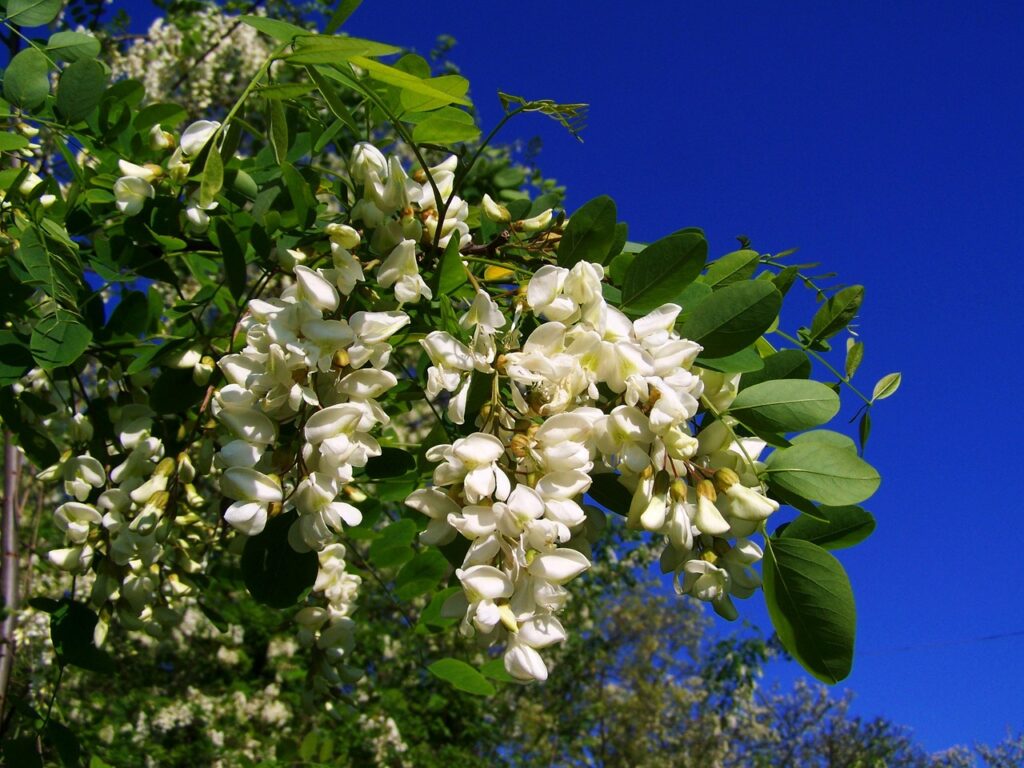
Selecting the right white blooming tree for your landscape involves considering several factors:
- Climate: Ensure the tree is suitable for your USDA hardiness zone. Different species thrive in varying climates.
- Size: Consider the mature height and spread of the tree. Larger trees may not be suitable for smaller yards.
- Maintenance: Some trees require more care than others. Evaluate your willingness to prune, water, and fertilize regularly.
- Invasiveness: Be aware of species like the Bradford Pear that can become invasive. Opt for native or less aggressive species when possible.
Planting and Care Tips for White Blooming Trees
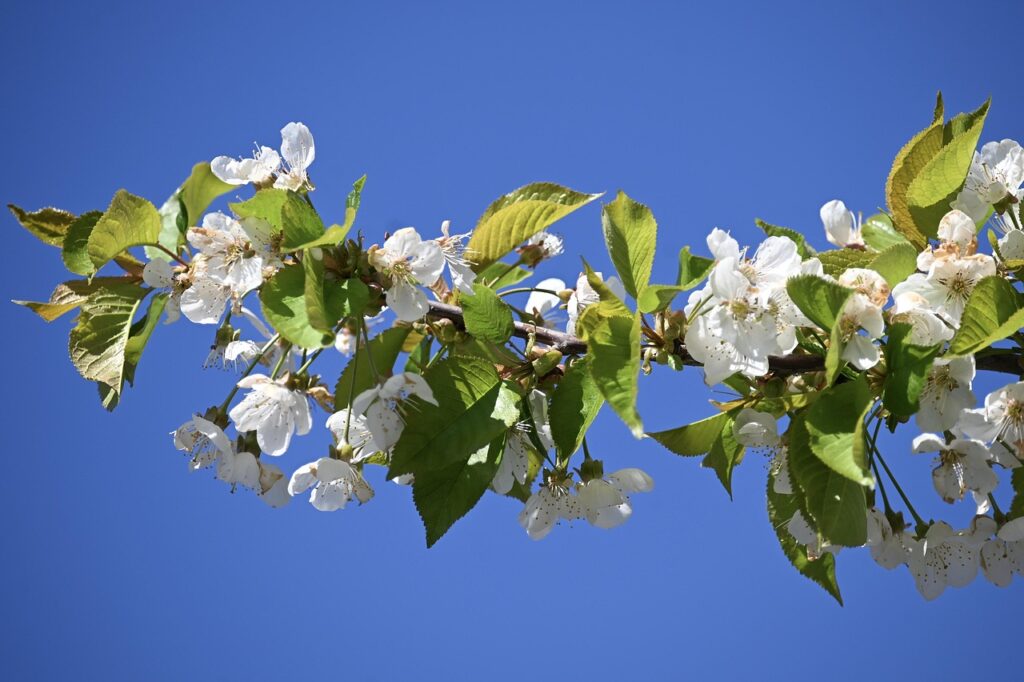
Proper planting and care are crucial for the success of white flowering trees. Follow these guidelines:
Soil Requirements
Most white blooming trees prefer well-drained soil. Conduct a soil test to determine pH and nutrient levels. Amend the soil as necessary to create optimal growing conditions.
Sunlight Exposure
Most species thrive in full sun, which typically means at least six hours of direct sunlight per day. Some trees can tolerate partial shade, so be sure to check the specific needs of your chosen species.
Watering Practices
Water newly planted trees deeply to establish strong root systems. Once established, many white flowering trees are drought-tolerant, but regular watering during dry spells will promote healthier growth and flowering.
Pruning Techniques
Prune trees in late winter or early spring before new growth begins. Remove dead or crossing branches to improve air circulation and shape the tree. Avoid heavy pruning, as many white blooming trees flower on old wood.
Common Issues and Solutions
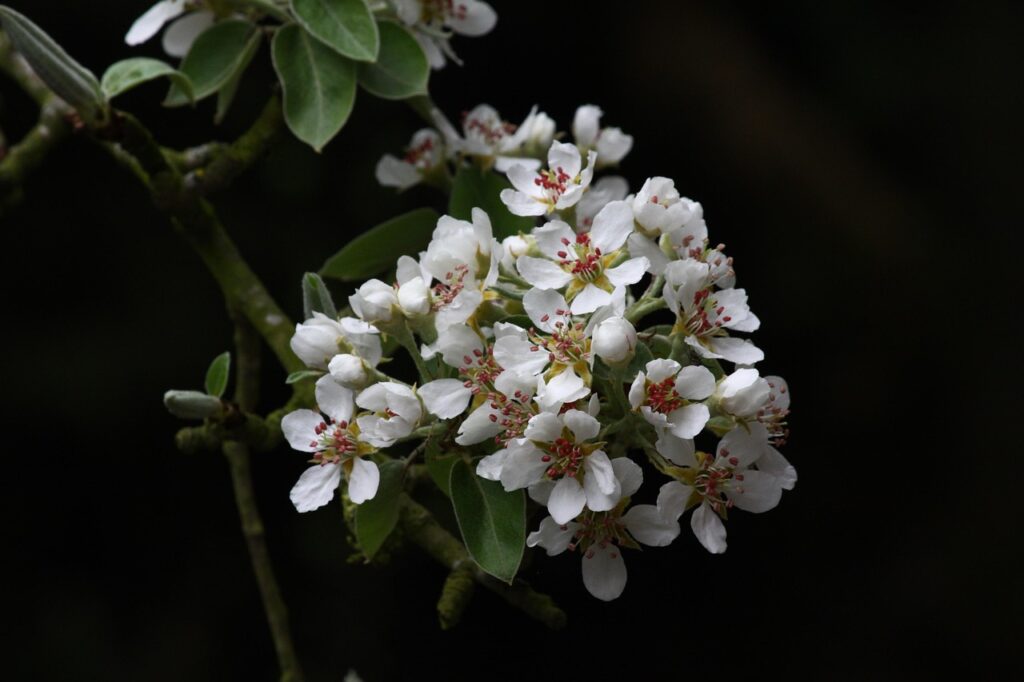
While white blooming trees can be relatively low-maintenance, they are not immune to problems. Here are some common issues and their solutions:
Pests
Common pests include aphids, spider mites, and scale insects. Regularly inspect trees and treat infestations promptly with insecticidal soap or neem oil.
Diseases
Fungal diseases such as powdery mildew and leaf spot can affect white flowering trees. Ensure good air circulation through proper pruning and avoid overhead watering to minimize disease risk.
Invasive Species Concerns
As mentioned, the Bradford Pear is notorious for its invasive tendencies. Consider alternatives like the Serviceberry or Flowering Dogwood, which offer similar beauty without the invasive characteristics.
Enhancing Your Landscape with White Blooms
Incorporating white blooming trees into your landscape can significantly enhance its beauty and ecological value. With various options available, from the elegant Flowering Dogwood to the fragrant White Magnolia, there are choices for every garden size and climate. By understanding the benefits, selecting the right species, and following proper planting and care guidelines, you can create a stunning display of white flowers that will bring joy and serenity to your outdoor space for years to come.
